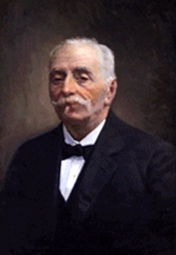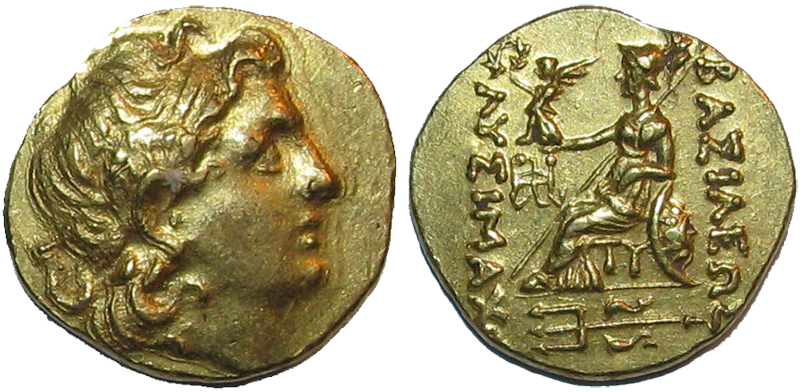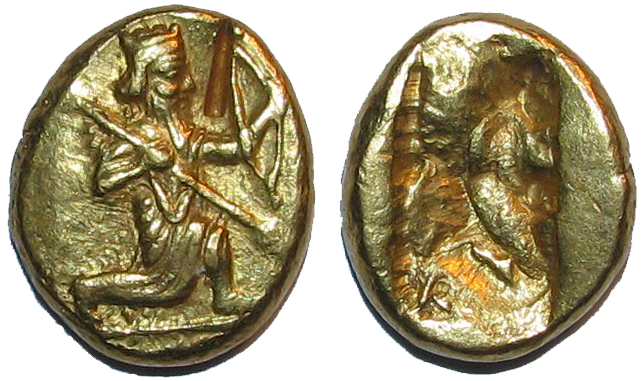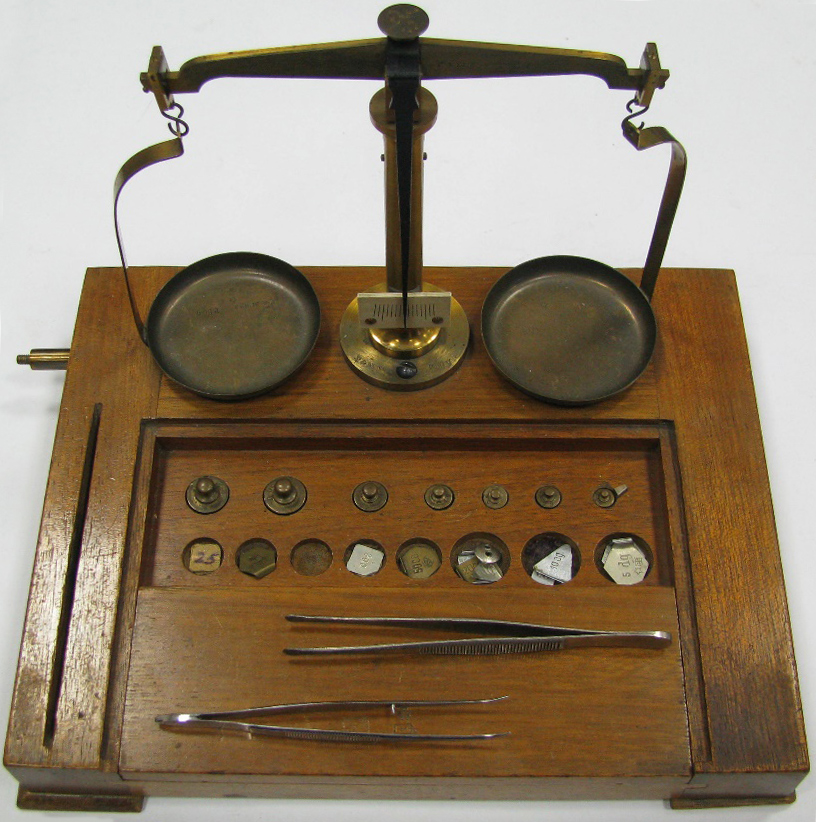Complex personality, with a rich activity in administrative and academic areas developed during the building of modern Romania, descendent of a famous boyar family, Mihail C. Sutzu was born in Bucharest on 15 February 1841.

Portrait of M.C. Sutzu
He obtained the title of engineer at the Central School of Arts and Manufacturing in Paris in 1864. The student years and the artistic Parisian atmosphere left their mark on the personality of the one who would later evolve to become a banker, a scientist and an antiquities collector.
M. C. Sutzu participated in the development of the Romanian administration as a senior official within the Ministry of Agriculture, Industry, Trade and Domains, and then as general manager of the Ministry of Post and Telegraph. The professional experience gained while holding the position of counselor at the Romanian Court of Accounts led to his appointment as director within the National Bank of Romania from 1892 to 1894. During a difficult financial period, between 1899 and 1904, M.C. Sutzu assumed the title of governor of the National Bank of Romania. Under his leadership, in 1900, negotiations took place within the Ministry of Finance, after which the Romanian state, in financial difficulty at the time, withdrew from the central bank’s capital.
His administrative career was accompanied by a brilliant academic activity. His passion for the past is revealed by the spectacular journey undertaken in Egypt in 1870, resulting in studies of local numismatics and metrology centered on the Ptolemaic dynasty period and also in the acquisition of numismatic items and artifacts that he subsequently donated to public institutions in Romania.
He was one of the great collectors of numismatic items, a passion that has influenced his academic work since his early school years.

Gold stater issued by King Philip III of Macedonia (323-317 BC), donated to the National Museum of Antiquities by M.C. Sutzu in 1881
He was one of the great collectors of numismatic items, a passion that has influenced his academic work since his early school years. In a period in which collecting lay the basis for the national museums in Europe, M. C. Sutzu contributed significantly to the development, diversification and classification of the collections of the National Museum of Antiquities, founded in 1864, the first institution of its kind in modern Romania.
Through acquisitions in Romania, but also from auction houses in Rome, Paris and London, he gathered a significant collection of antiquities well-known in the numismatics field, especially for the coins issued by the Greek cities on the Black Sea coast and in Asia Minor. His attention was directed mainly to the monetary production of the Greek cities located in Dobruja: Istros, Tomis and Callatis. His passion for the region’s history compelled him to build a beautiful villa on the sea shore in Constanța, near the old walls of Tomis, about whose monetary history he had written in Poids et monnaies de Tomis, an article published in the papers of the International Numismatics Congress held in Paris in 1900.
At the beginning of the 20th century, M.C. Sutzu, together with D.A. Sturdza, Romanian prime minister at the time and a passionate numismatist, welcomed the Grand Duke Alexander Mikhailovich (1866-1933), member of the Russian imperial family and a great collector, showing a special interest in coins issued by the Greek cities on the northern coast of the Black Sea.
Over time, the destiny of the two avid numismatists’ collections was influenced by the changing times. In 1911 and 1912, M.C. Sutzu donated to the Romanian Academy his entire numismatic collection consisting of thousands of items.

Rare gold stater issued in the 3rd century BC in the Greek city of Tyras (whose ruins are located near Bilhorod-Dnistrovkyi in Ukraine); the coin was acquired by M.C. Sutzu in 1930 from the Grand Duke Alexander Mihailovici

Page from the numismatic collection catalogue of the Grand Duke Alexander Mikhailovich. (left) | The last page of the Grand Duke Alexander Mikhailovich collection catalogue with the signatures of M.C. Sutzu and Constantin Moisil, accompanied by information on the coins’ origin (right)
In the unsettled context of World War I, the Grand Duke Alexander Mikhailovich took refuge in France; however, financial difficulties forced him to auction part of his collection starting with 1919. A batch of 504 Greek coins, many of whom were minted by the northern Black Sea coastal cities of Olbia, Tyras and Pantikapaion, plus various issues from cities in Asia Minor, was acquired by M.C. Sutzu in Paris in 1930, through the Numismatic Cabinet of the National Library of France. All the coins were classified and donated to the Romanian Academy. Now at an old age, M.C. Sutzu resorted to this purchase to restore the numismatic Academy’s collections which, together with Romania's treasury, were housed for safety in Russia and never restituted by the Soviet power.

Gold Persian daric issued in the 4th century BC, purchased by M.C. Sutzu from the Grand Duke Alexander Mikhailovich in 1930
M.C. Sutzu published fundamental studies on the evolution of monetary systems in antiquity. He published over 40 works which give the reader a real image of his erudition. He revealed the secrets of the archaic period’s metrology, explained the monetary systems of the Hellenistic and Roman world, and also published original numismatic material, with a special focus on the issues from the Greek cities of Istros, Tomis and Callatis. His international scientific research brought him the title of honorary member of the Royal Numismatic Society and of the French Society of Numismatics (1930).
In this context, M.C. Sutzu contributed significantly to the development of numismatics in Romania, as a discipline, but also institutionally by establishing the Romanian Numismatic Society, whose first president he was elected on 28 December 1903. One year later, the first numismatics magazine appeared under his leadership, Romanian Numismatic Society Bulletin. His eminent scientific activity in the field of history through research of numismatic sources was confirmed by his election as a member of the Romanian Academy in 1909. Under this high scientific forum, M.C. Sutzu with D.A. Sturdza established in 1911 the first Numismatic Cabinet in Romania, to which he would donate his collections and which he would administer from 1914 until his death on 3 July 1933.

Balance for weighing coins, bought in Paris by M.C. Sutzu and donated to the Romanian Academy
Beyond his rich scientific activity and this short biographical profile, a modest tribute to the 175 year anniversary of his birth, M.C. Sutzu remained in the memory of his contemporaries as an enthusiastic creator of institutions, endowed with tenacity, critical spirit and dedication in the service of science and of his country. The passion of this great numismatist was brilliantly synthesized by C. Secăşanu, curator of the Museum of the National Bank of Romania in 1947: "There is almost no author writing about Greek or Roman coins without quoting the name of Mihai C. Sutzu".